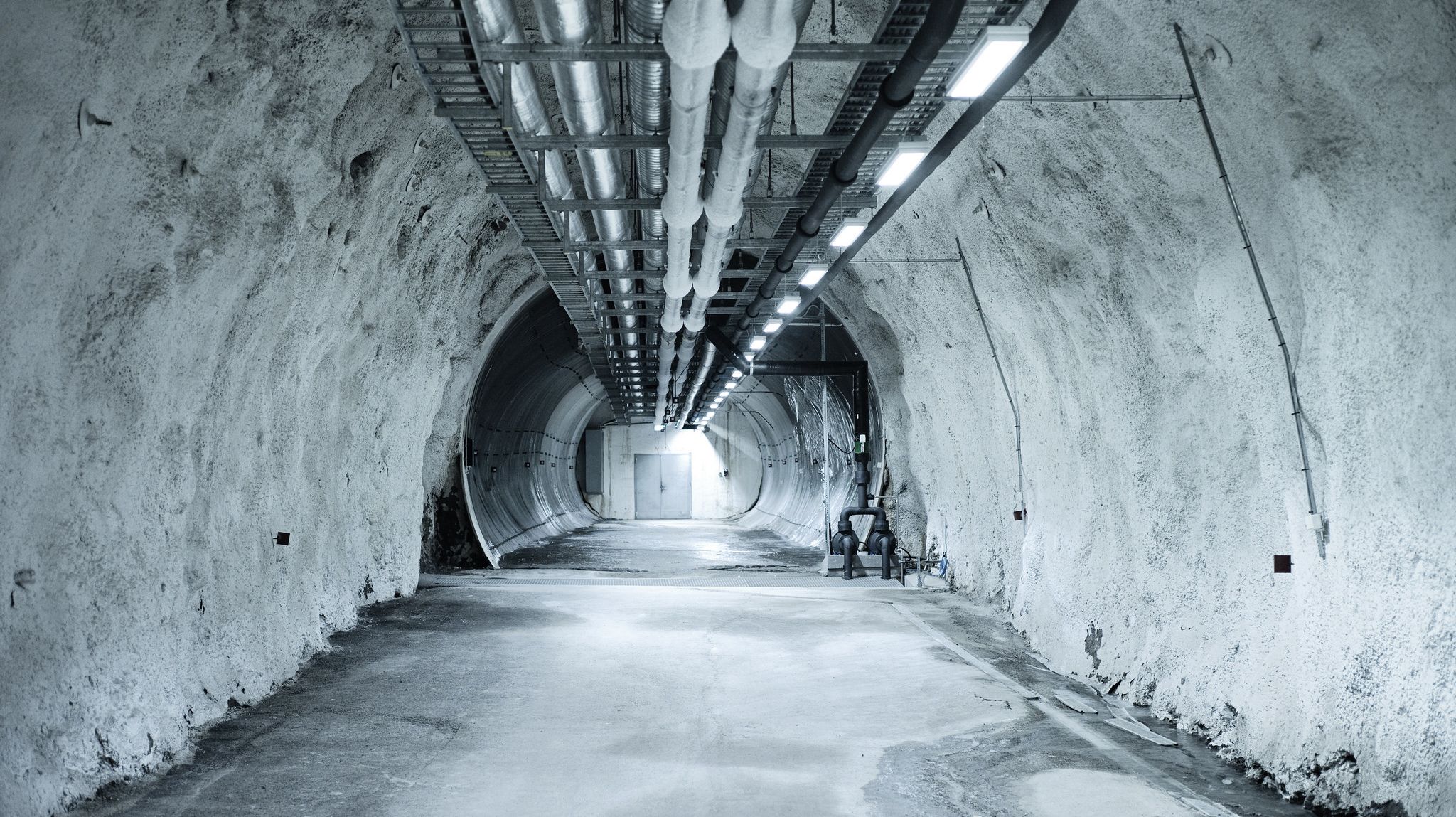
The US Department of Agriculture has been at it for over a century. The idea of collecting seeds is not exactly new. The permafrost acts as a natural freezer, maintaining a temperature below freezing. Even lacking power, the seeds would remain viable for years. Under power, the inner sanctum is kept at -18 degrees Celsius. But perhaps the vault’s greatest attribute is the arctic cold chilling its chambers of seeds. The doomsday vault is said to be impervious to nuclear war or asteroid strike, and its location on a remote island in a rich, stable European country adds security. In Afghanistan, looters were after the glass jars storing the seeds. Gene banks in Iraq and Afghanistan, for example, were destroyed in recent years. In addition to civilization ending disasters-nuclear war, asteroid or comet strike, biblical floods, zombies-the world’s 1,400 gene banks and their precious seed stores are susceptible to war, poor management, and natural disasters.Ī typhoon wiped out most of an important gene bank storing rice in the Philippines, and Japan recently sent barley samples (its first contribution) to the doomsday vault as scientists there fretted their own gene bank’s safety following the 2011 earthquake and tsunami. The doomsday vault’s entrance is a patchwork of reflective steel, mirror glass, and prisms lit by the arctic sun in summer and fiber optics in winter. Or, if you prefer, a modern day Noah’s Ark for wheat, corn, rice-the world’s agricultural species in all their diversity. Think of the doomsday vault as the external hard drive backing up the genetic data of the world’s plant-based food.
#YOU TUBE DOOMSDAY VAULT FOR SEEDS FULL#
At full capacity, in drawers lining the walls of its three chambers, the vault can fit 4.5 million species and some 2.25 billion seeds. That may sound like a lot, but the doomsday vault was designed to store more. Six years on, and after a recent deposit of 20,000 species, the vault now houses over 800,000 plant species, and with an average 500 seeds per sample, some 400 million seeds. The doomsday vault keeps the world’s agricultural heritage in deep freeze. The vault’s builders had spent some $7 million and 12 months blasting a tunnel and three chambers into the mountainside’s hard permafrost. In March 2008, on a remote Norwegian island in the Arctic Circle, the Svalbard Global Seed Vault, or “doomsday vault,” took its first deposits. And for more details on why the vault was built and how it works, see our previous coverage below.īacking Up the World’s Food Supply with 800,000 Plant Species on Ice The folks at Veritasium have both curated a selection of news on the topic and produced this amazing video offering an inside tour.


To see what it’s like inside the vault-look no further. The project’s endowment was doubled to $300 million earlier this year, and nearly half a billion has been invested overall since 2004. “Almost all we eat has its origin in seeds, and the diversity of seeds.”Īnd it would seem the vault’s backers agree. “This is the basis for our morning slice of bread, for our morning coffee, for our afternoon tea,” Marie Haga, executive director of the Crop Trust, which operates the vault, told the Washington Post. Seeds are, after all, the foundation of our food. The Syrian withdrawal serves as a reminder of the project’s importance. Its total capacity is 2.25 billion seeds, and even without power, it’s thought the seeds would remain viable for many years. It’s a pretty amazing example of humans, so often focused on the near-term, thinking way ahead. While other gene banks save regional snapshots, the Svalbard vault, when complete, aims for a more global snapshot. This is part of what the vault’s creators had in mind when they built it, but the bigger, longer-term goals remain too. It was the first withdrawal since the vault opened in 2008 and will hopefully help preserve the area’s agricultural heritage. Last fall, the International Center for Agricultural Research in Dry Areas (ICARDA) requested the withdrawal of nearly 130 of its 325 boxes deposited in the vault. What’s happened since then? For the first time, seeds were removed from the vault by a Syrian organization after it decided to move its seed bank from Aleppo to Beirut. In 2014, the story was about adding to the collection, and war-torn Syria was one of the depositors. Though there are plenty of seed vaults around the world, the Svalbard vault is the most secure. The vault was built with the future in mind, but some of the prime reasons a country might want to withdraw seeds-war or natural disaster-are very much part of the present. We first wrote about the vault back in 2014 (see below) after 20,000 varieties of critical food crops arrived to join a total of 800,000 seed samples from around the world. The vault was created as a means to preserve human agriculture for an uncertain future.


In Norway, the Svalbard Global Seed Vault is buried deep permafrost well within the Arctic Circle.


 0 kommentar(er)
0 kommentar(er)
